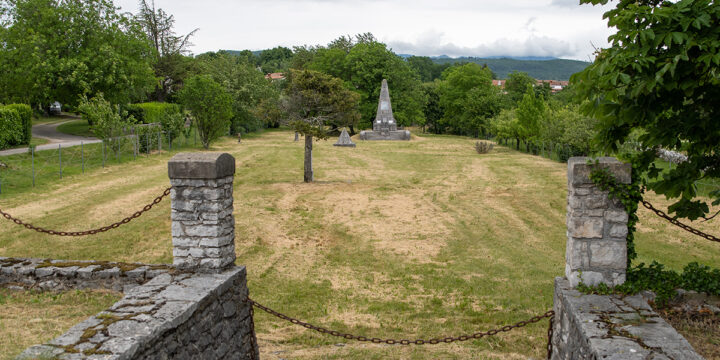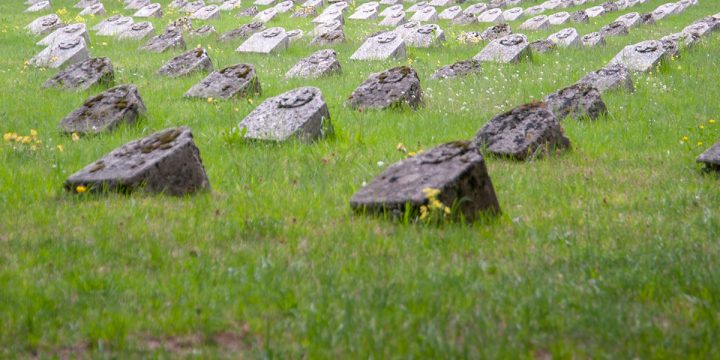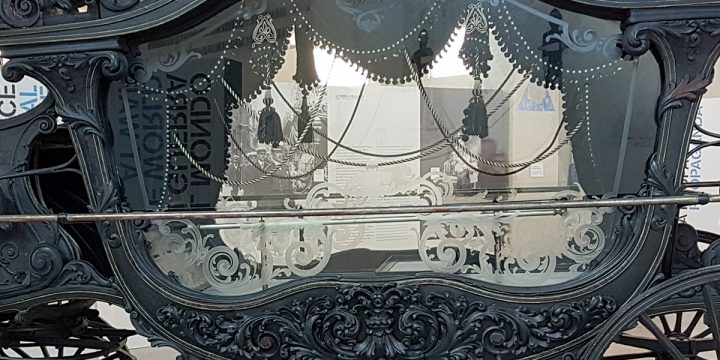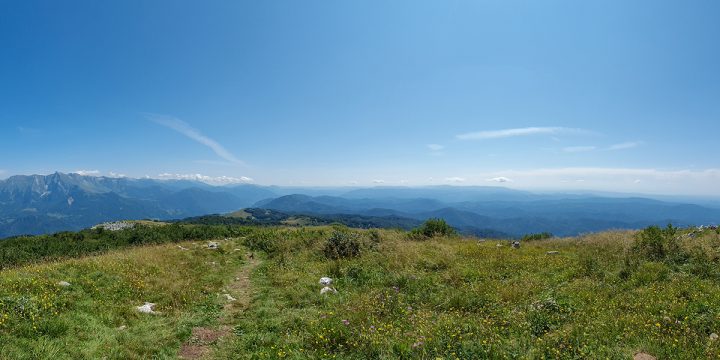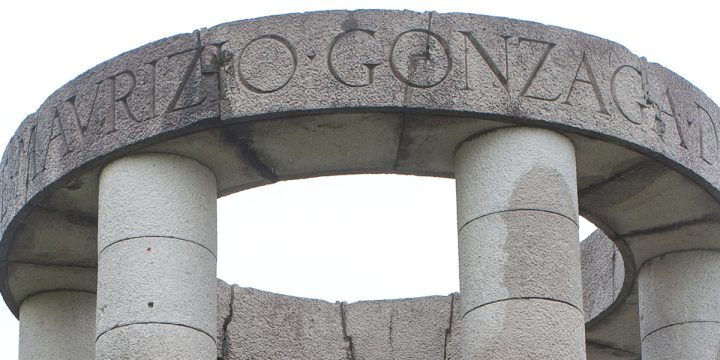
Austro-Hungarian military cemetery WW1, Lipa Na Krasu III
Austro-Hungarian military cemetery WW1, Lipa Na Krasu III South from Mt. Tabor, between Temnica and Lipa, in the area called Ranke, lies the Austro-Hungarian military cemetery Lipa III. During the war the cemetery was known un-der the name of Soldatenfriedhof N°24 in Temnica (War Cemetery n. 24 in Temnica). From the beginning of November 1916 until the beginning of November 1917, 259 soldiers were laid to rest in this cemetery, 216 of which were Austro-Hungarian soldiers, 40 Italian soldiers and three Russian POWs. After the war, the re-mains of the Italian soldiers were relocated to the Italian military cemetery Colle Sant` Elia, f located south of Sagrado (Gorizia) next to their fallen comrades, and the bodies of unknown Austro-Hungarian soldiers found nearby were buried at Lipa III. Today 223 Austro-Hungari-an…





